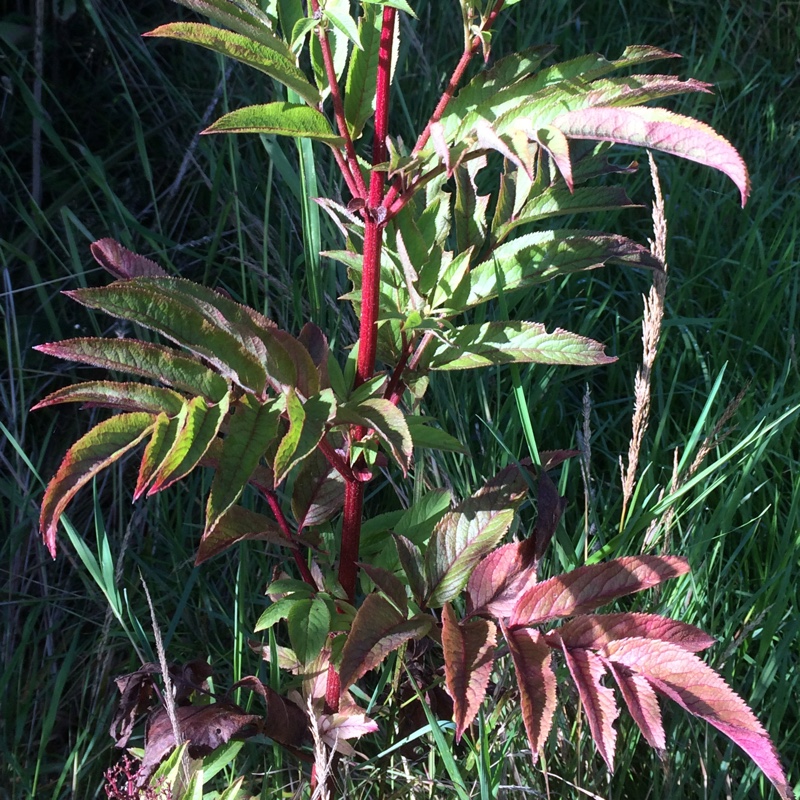
Sambucus ebulus
Dwarf Elder
Sambucus ebulus is very like the Common Elder tree, but the stem is less woody, and the leaves have a stipule (a small leaf) at the base of the leaflets. The flowers in mid Summer are whiter than those of the Common Elder, and are not always followed by berries.
Contributed by @tiggrx
-
Full sun to partial shade
-
Occasional watering
-
Full Frost Hardy: 5F (-15°C)
-
All soil conditions
Common name
Dwarf Elder
Latin name
Sambucus ebulus
type
Shrub
family
Adoxaceae
ph
5.0 - 8.0 Acid - Neutral
Plant & bloom calendar
-
Best time to plant
-
When the plant will bloom
full grown dimensions
 1.50 M
1.50 M
1.50 M
1.50 M
Sambucus ebulus
Sambucus ebulus is very like the Common Elder tree, but the stem is less woody, and the leaves have a stipule (a small leaf) at the base of the leaflets. The flowers in mid Summer are whiter than those of the Common Elder, and are not always followed by berries.
Propagation by cuttings
From Mid Spring TO Early Summer
Take soft wood cuttings in spring to early summer. Cleanly cut up to a 10cm long stems, remove lower leaves and pinch the tip out, dip the stem into rooting hormone, fill a container/pot with suitable compost, make holes around the edge of it and plant the cuttings, water in well, cover with a polythene bag and place somewhere warm, lake the bag off twice a week to air the cuttings. Keep the cuttings moist until well rooted.Harden off when well rooted and pot on into individual pots increasing the airing to let the leaves to develop. Remove rotten, dying or dead cuttings regularly.
Planting Outdoors Spring
From Early Spring TO Late Spring
Thrives in any reasonable soil, with best foliage colour in full sun. Keep well watered until established.
Flowering Season
From Late Spring TO Early Summer
The hermaphrodite flowers are borne in large, flat corymbs 10–25 cm diameter in late spring to mid summer, the individual flowers ivory white, 5–6 mm diameter, with five petals. They are pollinated by flies.








